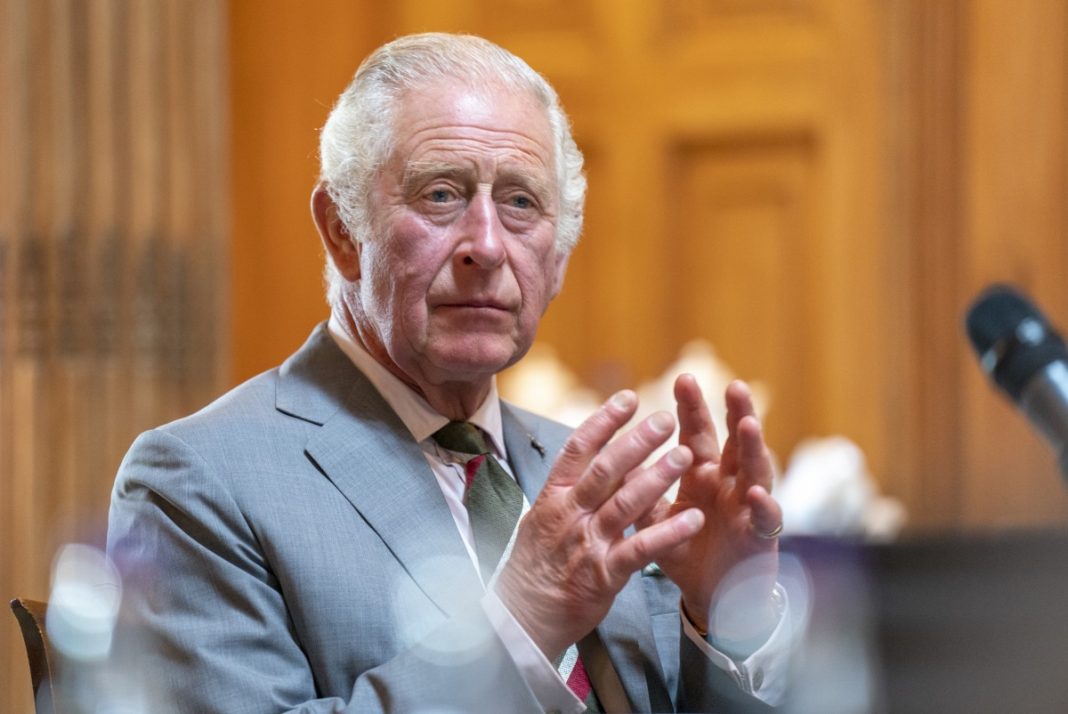LONDON, UK – King Charles III, visibly frail and battling recent health challenges, attended a solemn Remembrance Day ceremony on Sunday, November 10, 2024 without the presence of Queen Camilla, who is reportedly recovering from a chest infection.
As the king led the nation’s commemoration of fallen soldiers, the British royal family faced an internal rift, one that underscores contrasting visions for the monarchy and a sharp test of Charles’ authority.
With Prince William outlining his ambitions for a modernised royal approach, and Prince Andrew securing a significant legal victory over his residency rights, the past week has highlighted a widening divide within the House of Windsor.
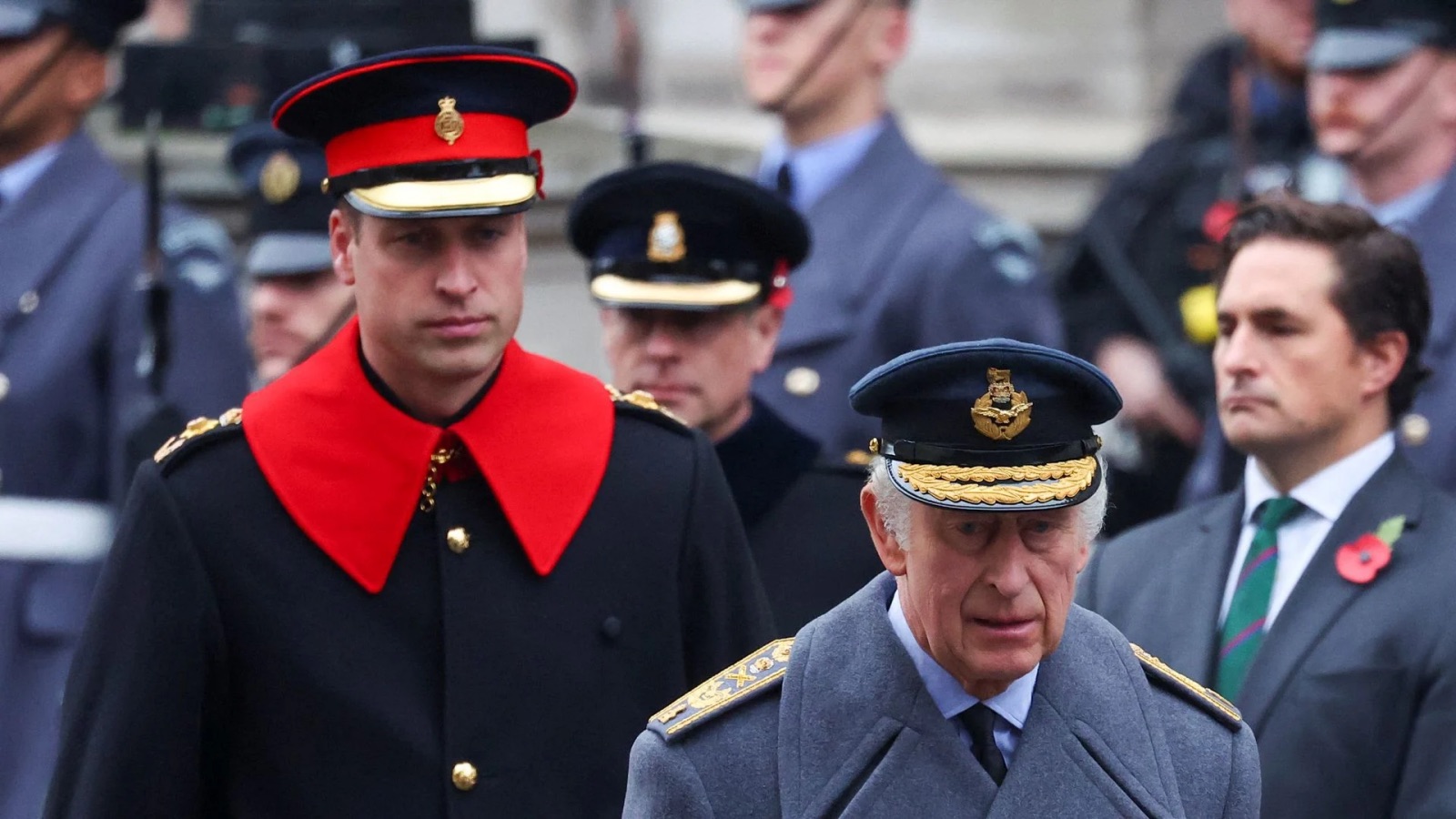
Prince William Signals Shift Towards a Modern, Impact-Driven Monarchy
In an interview with The Sunday Times, Prince William, the heir to the throne, signalled a bold vision for a transformed monarchy.
His approach emphasises relatability, empathy, and a commitment to “philanthropy, collaboration, convening, and helping people,” positioning himself in stark contrast to the more traditional style associated with his father, King Charles.
“We’re going to do it differently for my generation,” Prince William stated, adding that his role would come with “a smaller ‘r’ in the royal.”
His comments reflect a shift towards a monarchy that connects more directly with younger generations, aiming to be more approachable and socially relevant.
He noted, “I’m also going to throw empathy in there as well…It helps impact people’s lives, and I think we could do with some more empathetic leadership around the world. That’s what Catherine and I are trying to bring.”
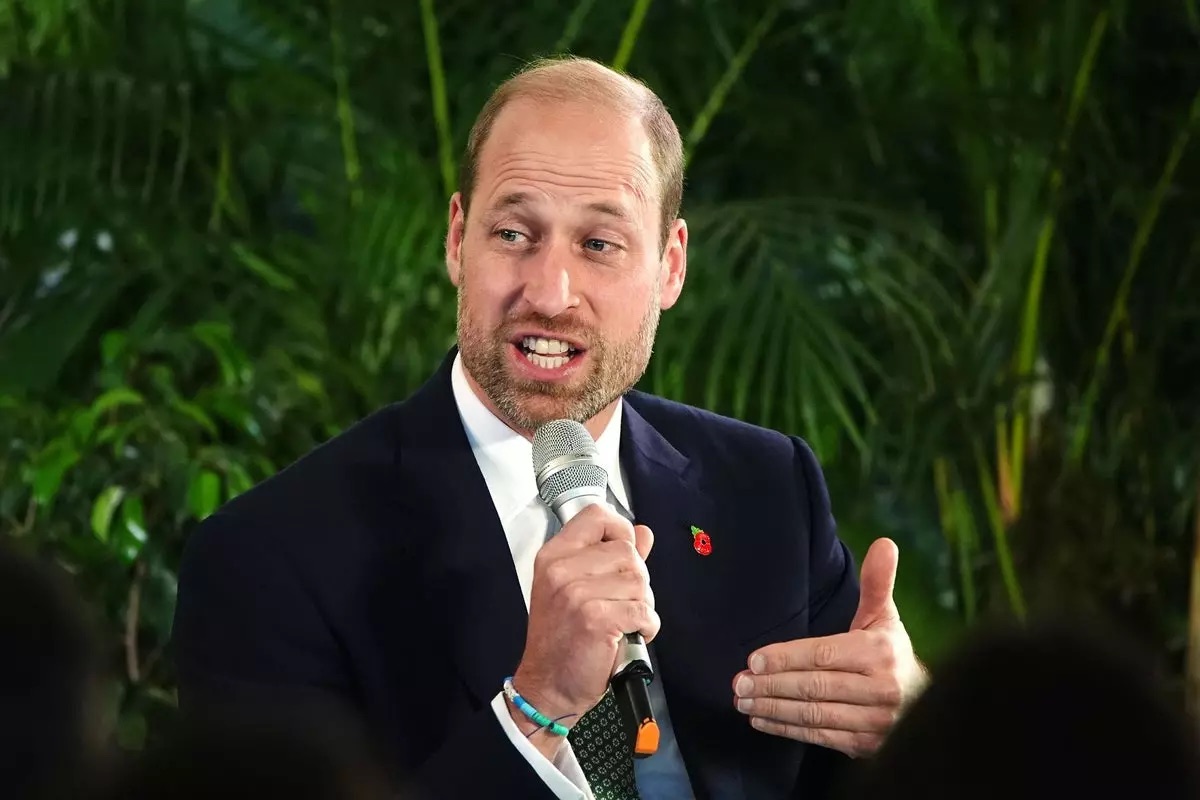
This statement arrives as William and Princess Kate return from a widely praised appearance in South Africa, where the couple hosted the annual Earthshot Awards, an environmental initiative started by William to promote global sustainability efforts.
Their public image as compassionate, engaged leaders contrasts with the increasingly strained picture surrounding King Charles’ recent challenges.
King Charles Faces Challenges and Isolation Amid Family Disputes
On Sunday, King Charles was seen laying a wreath at the Cenotaph in London, paying tribute to the sacrifices of soldiers in a ceremony that is deeply significant to Britain.
However, his solemn appearance was accompanied by visible frailty and, notably, the absence of Queen Camilla due to illness.
According to palace sources, Camilla’s absence was purely due to health reasons, and she is expected to resume her duties soon.
Nonetheless, her absence at such a high-profile event intensified the perception of Charles’ isolation.
During a recent royal tour in Samoa, Charles expressed a desire to return to the region in the future, a remark which reportedly led to an emotional reaction from Camilla.
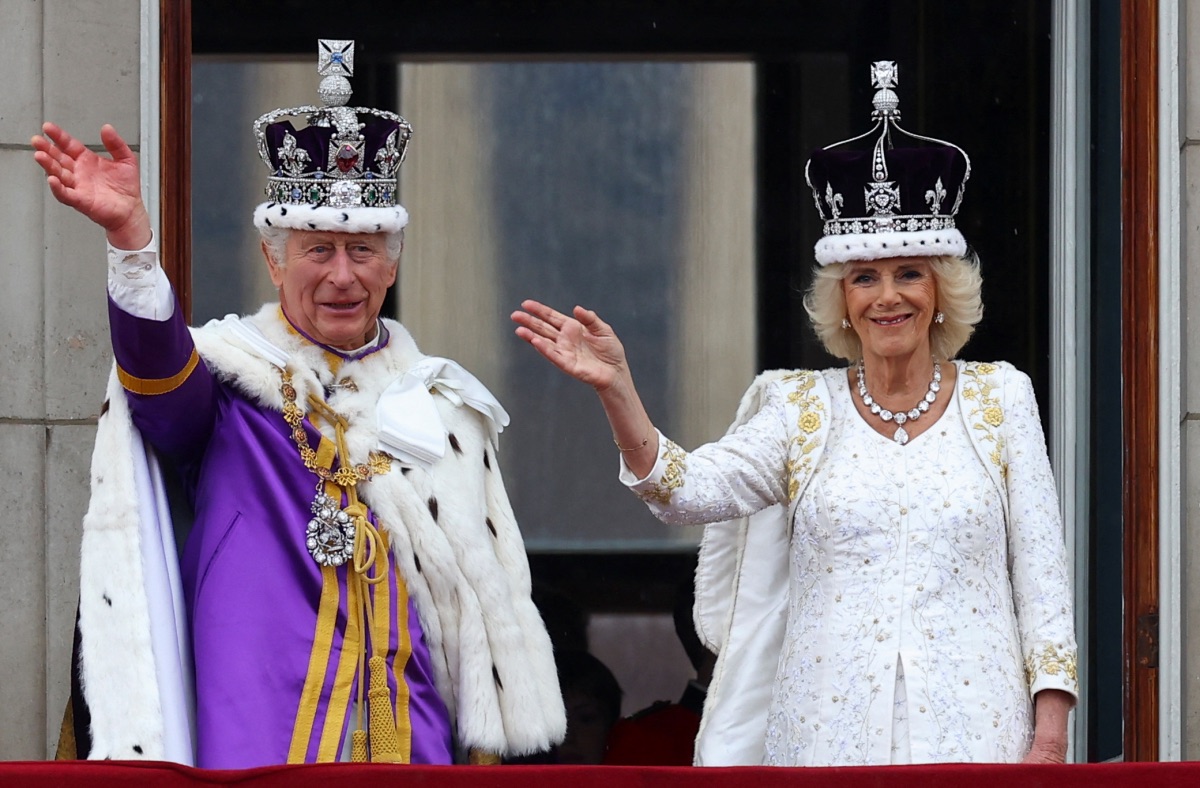
Although the palace attributed her response to a “technical issue,” observers speculated that it highlighted the pressure both royals face amid Charles’ health concerns and the heavy responsibilities of his role.
The weekend’s events also revealed a growing divide between Charles’ reserved, traditional image and William’s forward-looking ambitions for the monarchy.
For Charles, the Remembrance ceremony symbolised continuity and reverence, but his role seemed increasingly overshadowed by his son’s progressive plans.
Prince Andrew’s Victory in Royal Lodge Dispute Adds to Charles’ Struggles
Adding to Charles’ challenges is the surprising outcome of a long-standing dispute with his brother, Prince Andrew, over Andrew’s residence at Royal Lodge.
Since early 2023, palace insiders had reported the king’s wish for Andrew to vacate the property, which reportedly stemmed from his departure from public life following scandals.
Despite these efforts, sources close to Andrew confirmed that he has secured the right to remain at the 10-bedroom residence until his lease expires in 2078, marking a significant victory for the duke.
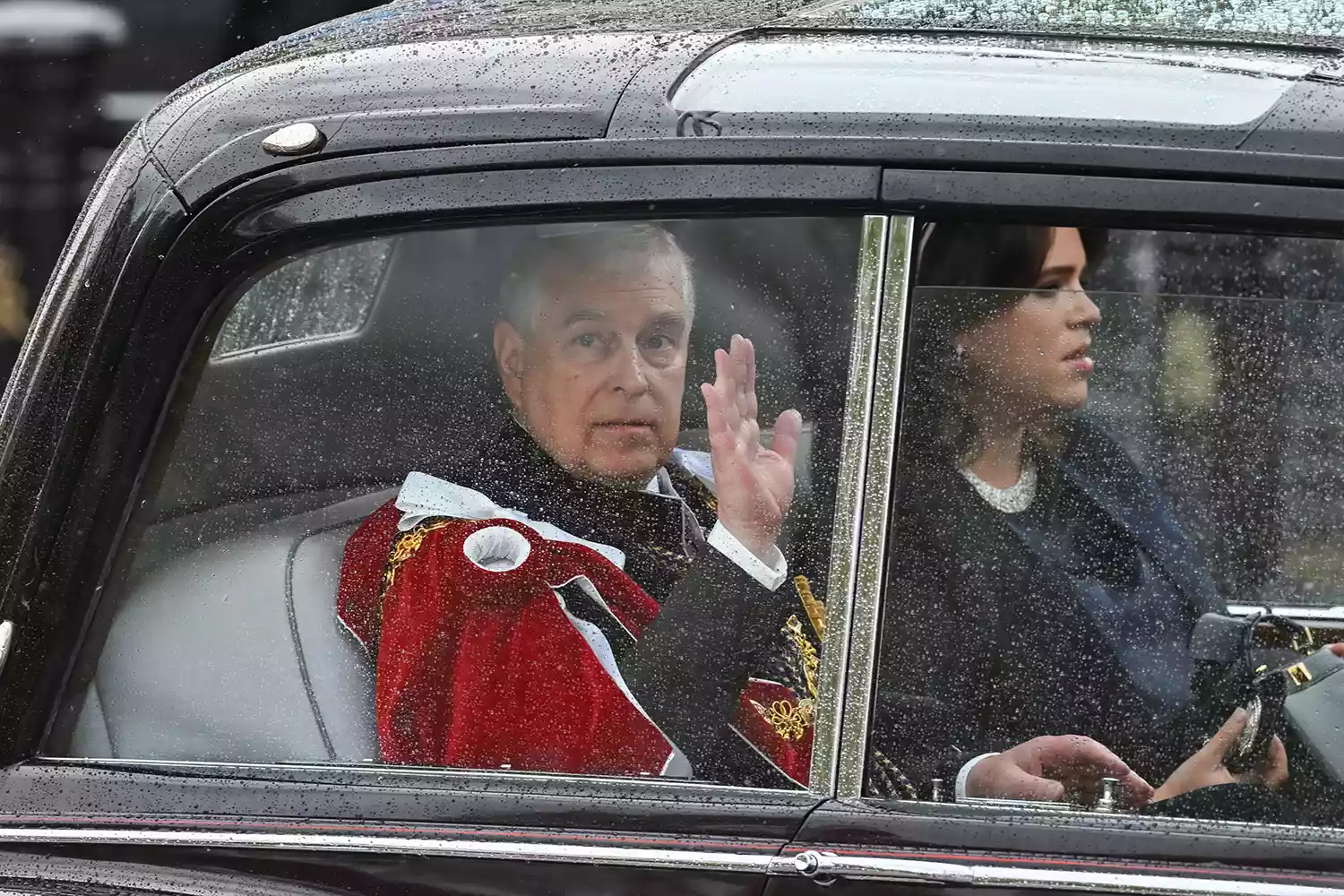
Friends of Charles have expressed frustration with how the situation has been handled, with one close confidant stating, “Whoever advised the king to set off on this road has serious questions to answer. Charles loathes incompetence above all else.”
This frustration underscores the sense of miscalculation that has characterised the saga, as Andrew’s side has consistently maintained that his long-term lease grants him full rights to the property.
Charles’ team had previously briefed the media with statements suggesting that Andrew would eventually be “forced” to leave Royal Lodge.
One source even claimed in September that Andrew was “taking longer than desirable to recognise the reality of the situation,” and described his position as becoming “increasingly cold and uncomfortable.”
However, the legal impasse has left the king’s advisors with no recourse but to concede defeat.
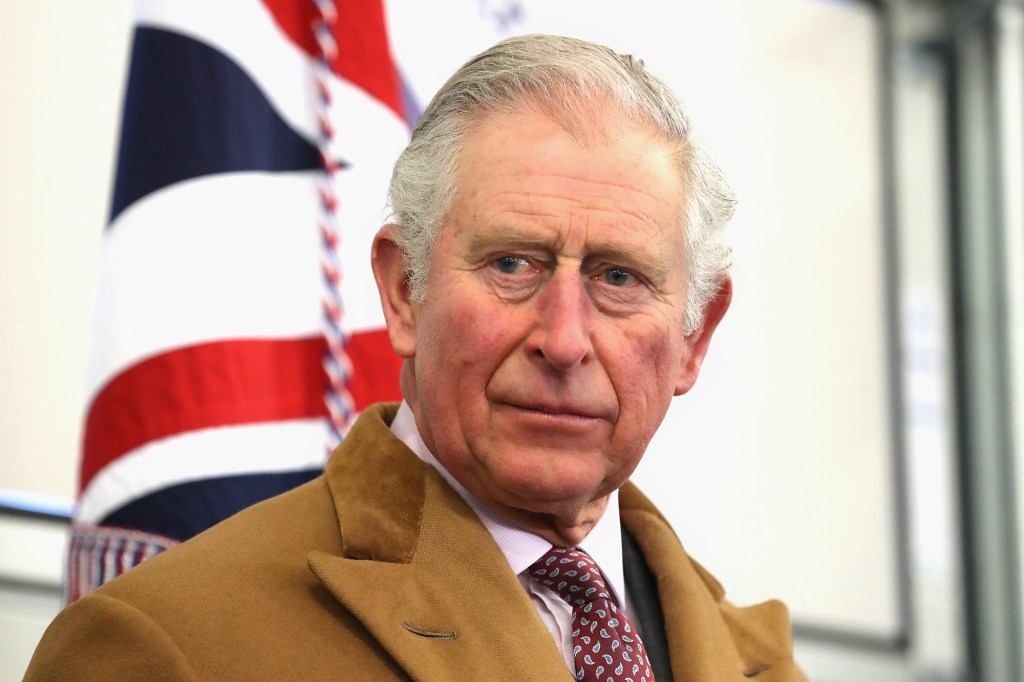
Palace Insiders Call for Accountability Over Missteps in Strategy
The failure to resolve the issue privately has led to calls for accountability within the king’s inner circle.
“I wouldn’t be at all surprised if some people quietly clear off at Christmas never to be seen again,” a friend of Charles said, suggesting that heads could roll following the perceived mishandling of the Royal Lodge issue.
Another family source lamented the lack of discretion: “The king’s aides were foolish to wash the family’s dirty linen in public in this way.”
The ongoing friction between Charles and Andrew is emblematic of the royal family’s broader challenges with image control and public perception.
For Andrew, the outcome solidifies his foothold within royal grounds, as friends of the duke praised his resolve.
“We are thrilled for Andrew…The lease is a valuable asset he intends to leave to his children, and maybe William will be glad of having Eugenie or Beatrice there in years to come,” remarked one close friend of the disgraced duke.
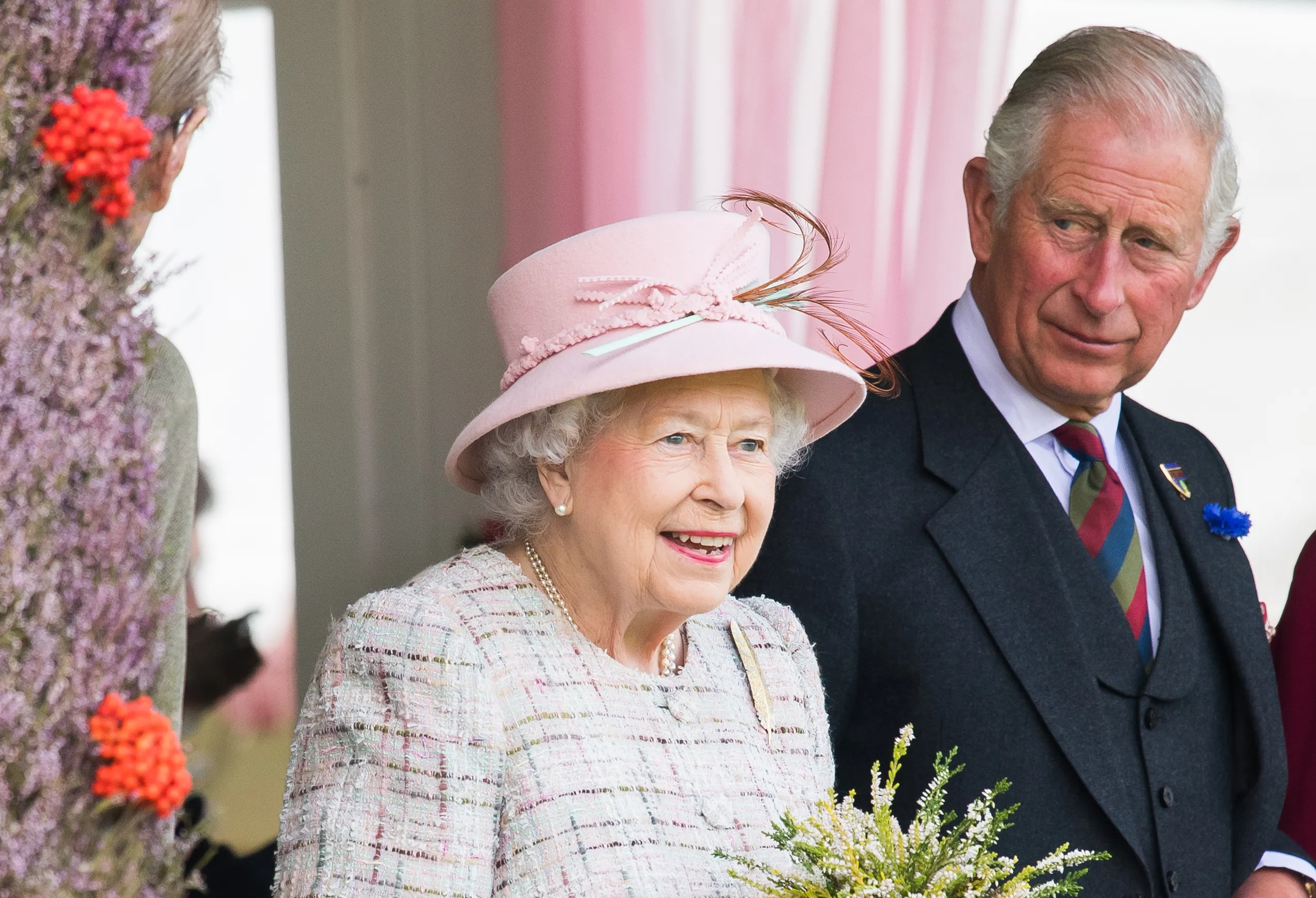
A Family at a Crossroads: Contrasting Visions for the Future
The ongoing rifts within the royal family illustrate contrasting approaches to leadership, with William advocating for a monarchy that resonates with contemporary social values, while Charles, despite his recent efforts toward modernisation, appears increasingly bound by tradition.
William’s assertive vision points to a monarchy that is socially attuned, compassionate, and focused on public impact.
In contrast, Charles’ recent setbacks underscore the difficulties of navigating a complex and evolving role, particularly as health challenges and family disputes test his influence.
Queen Camilla’s absence during this time only accentuates the perception of a monarch who may be losing grip on both familial and institutional authority.

